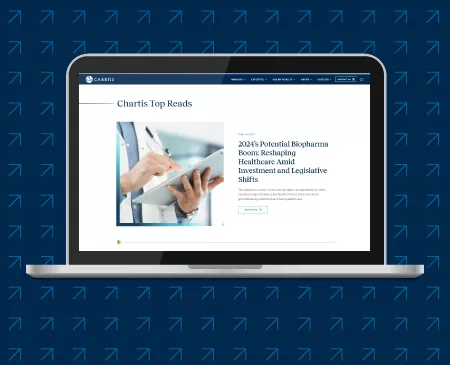The Client Challenge
A regional health plan sought to improve the efficiency and accuracy of its provider network functions and committed to implementing a new provider data management (PDM) platform. The health plan wanted to maximize the value of this investment and knew that existing manual and nonstandardized practices and structures would need to change alongside the technology. The health plan was unsure where to start or how to enable success moving forward.
THE COST OF NOT HAVING A STRATEGIC ROADMAP FOR A PDM PLATFORM IMPLEMENTATION:
- Low user adoption of the new platform
- A PDM platform built around poor, unoptimized practices
- Persisting inefficiencies in people, process, and technology
- Inability to meet the technology investment business case
- Lost opportunity to improve provider and member experience
Navigating to Next: The Solution
The health plan was already working with the technology vendor on initial configuration, which relied solely on the staff’s accounts of their existing manual, siloed, and nonstandardized processes. This risked transposing these broken processes into the new technology and missed business process optimization opportunities and business readiness planning.
The health plan partnered with Chartis to conduct a rapid assessment to identify opportunities for business optimization and provide insights across people, process, and technology. For example, an inventory of staff responsibilities found that provider relations staff held competing responsibilities across functions, including recruitment, contracting, credentialing, and PDM. Work was reactive and not proactive, resulting in all-hands-on-deck firefighting and lack of bandwidth for quality assurance.
Chartis created a roadmap of needed organizational changes, process improvements, change management priorities, and recommendations for implementation phases. Through analysis of turnaround times, Chartis also helped establish baselines and KPIs for post go-live monitoring.











